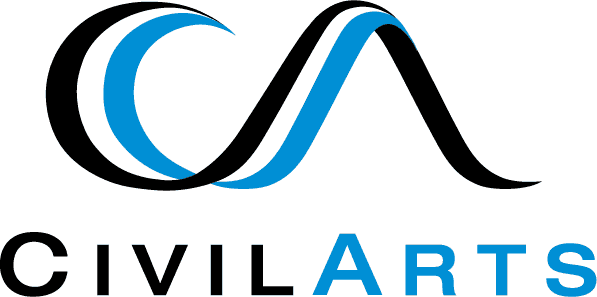Sustainable & Low Impact Design
Development has a significant impact on our environment. As professional engineers, we believe that it is our responsibility to protect the environment for future generations. CivilArts is committed to the practice of Sustainable & Low Impact Design and can incorporate these principals into all types of projects.
Sustainable or Low Impact Design (LID) is a low cost and effective alternative to traditional storm water design practices. LID combines resource conservation, hydrological functional site design, and pollution control measures to (1) reduce developmental impacts and (2) allows us to better replicate natural watershed hydrology and water quality.
Through a variety of small scale design techniques, LID controls runoff discharge, volume, frequency, and quality to mimic predevelopment runoff conditions. This unique micro-management source control concept is quite different from conventional "pipe and pond" techniques.
The benefits of Sustainable Design are overwhelming. Sustainable Design is a potential boon for developers, providing a standard of excellence as they present projects to local government and consumers looking for a "green" way of life. We encourage all our clients to take advantage of what these techniques can do for their project, their planet, and future generations.
Benefits of Sustainable & Low Impact Design:
Municipalities
- • Protect regional flora and fauna
- • Balance growth needs with environmental protection
- • Reduce municipal infrastructure and utility maintenance costs
- • Increase collaborative public/private partnerships
Developers
- • Reduce land clearing and grading costs
- • Reduced infrastructure costs
- • Reduce storm water infrastructure costs
- • Improved site aesthetics
- • Potentially reduce impact fees and increase lot yields
- • Increase lot and community marketability
Environment
- • Preserve integrity of ecological & biological systems
- • Protect and enhance site & regional water quality
- • Reduce impacts to local terrestrial and aquatic plants & animals
- • Preserve trees and natural vegetation
- • Improved groundwater recharge
- • Reduced downstream erosion

